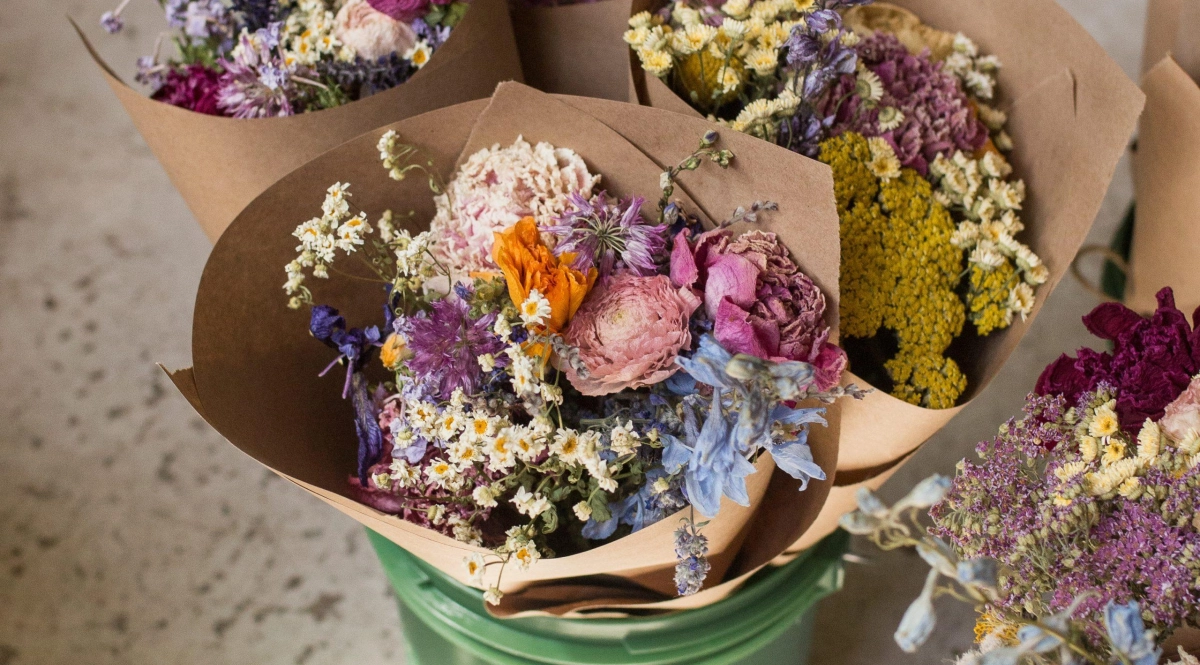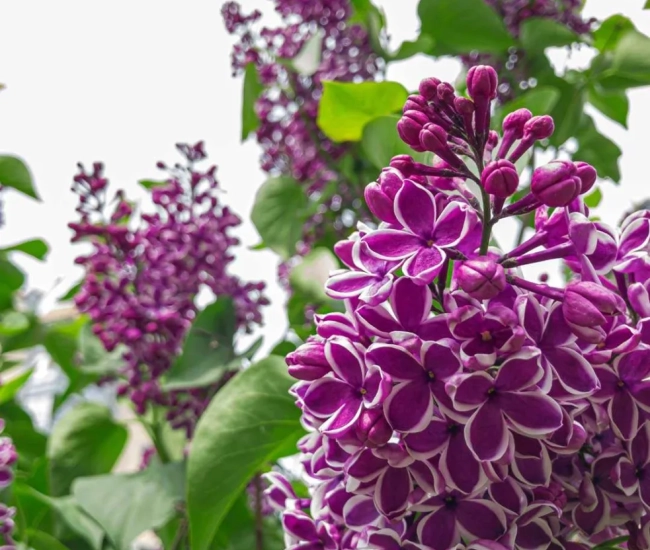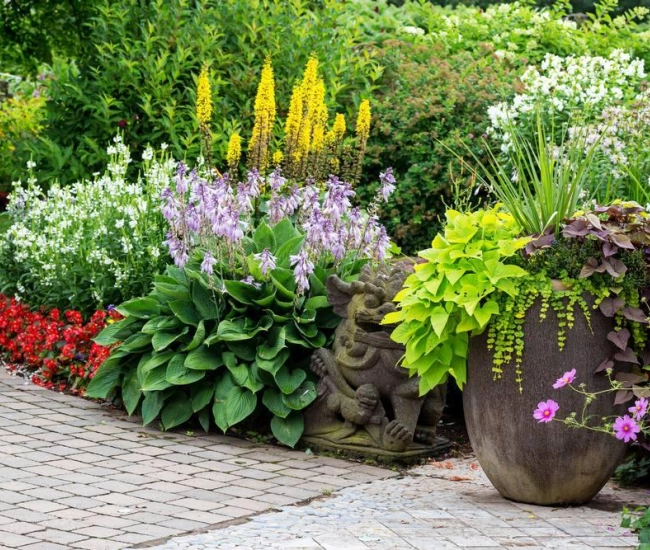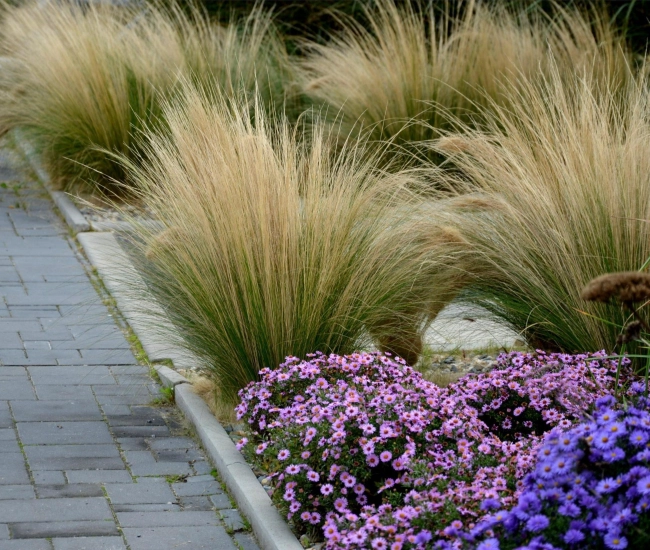
In recent years, the popularity of gardening has been gaining ground. Whether it's to harvest our own vegetables and small fruits, or to brighten our daily lives with flowers.
Local flowers and farm bouquets are also gaining popularity. What a great idea, then, to combine the two and transform our outdoor space into a bouquet garden! A place to source colorful, local, and packaging-free bouquets throughout the harvest season.
To give you a little boost, here is our top 10 perennials!
Peonies, delphiniums, and lupines to add volume
For peonies, it's best to harvest the flowers at the bud stage. The firmness of the bud should resemble that of a plum. If the closed bud is too hard, the flower will not be able to bloom once in water. If peonies are harvested too open, their vase life will be much shorter. That said, if you want to dry your peonies, you can let them open on the plant and harvest them when they are fully open.
To add tall, spike-shaped flowers to your bouquets, delphiniums and lupines are two superb options. Delphiniums offer interesting colors in shades of blue, purple, pink, and white. Moreover, delphiniums and lupines offer a second bloom, which can occur as late as September or October. Note that delphiniums are wind-sensitive; it is best to plant them sheltered from the wind or with a stake.
For a spike flower in warmer tones, yellow, red, orange, pink, and sometimes even bicolored lupines are magnificent. This flower has a light peppery scent that is as pleasant in the garden as in the house.

Echinaceas, yarrow, and rudbeckias for the wildflower look
Wilder bouquets are in vogue. They remind us of nature, and that's simply how they make us feel good. Echinaceas and their multiple colors add a beautiful touch to the garden as well as to bouquets. Pink, orange, and sometimes white, their large elongated petals create a magnificent contrast with the dark center of the flower. And the same is true for yellow rudbeckias. Yarrows offer several color choices. In nature, they are mostly found in white. After the first bloom, simply cut these perennials to the ground to get a second one. Finally, daisies are also a great choice for a natural look.
Scabiosa, coreopsis, meadow rue, and lavender for delicate and romantic bouquets
For fragrant and delicate bouquets, lavender is a favorite! It is easy to grow in a flowerbed in full sun and requires very little water. Fresh or dried, lavender enhances the decor. It is also wonderful in tea. Scabiosa, in shades of white, pink, and purple, dance in the wind and are fascinating to watch, just like the yellow-orange coreopsis. Both scabiosa and coreopsis are regularly visited by pollinators. A last addition to the garden for your bouquets would be meadow rue, or Thalictrum. This perennial adds height to the back of the flowerbed and delicacy with its tiny purple flowers. A must-discover... if you don't know it already!
To successfully arrange your bouquets, cut the stems at an angle with a sharp and clean pruner before placing them in a clean vase filled with fresh water. The stems of your flowers should also be stripped of their foliage to prevent bacteria from proliferating in the water. To take good care of them, place your bouquet out of direct sunlight and change the water every day.
You could also add phlox, bellflowers, anemones, bee balm, and penstemons for even more color and texture.
To extend the flowering season, consider planting some spring bulbs, such as daffodils, jonquils, and tulips, as well as some grasses for beautiful autumn plumes.
Environmental issues
When we talk about environmental issues, we mean local consumption and the transport of food, and the same is true for cut flowers. Just like many of our fruits and vegetables, most cut flowers travel thousands of kilometers before reaching our kitchen table. And the environmental footprint of the cut flower market does not stop at transport. The multitude of plastic packaging and chemicals used for cultivation and preservation are too often overlooked, but just as important to consider.
If you have access to a flower farm in your area or a neighborhood farmer's market, it's quite different. Many flower farms offer seasonal bouquets from May to October to meet the demand for healthier bouquets. Similarly, it is possible to cultivate perennials and annuals in your own garden all summer to make your own bouquets.
Happy planting!
Cover photo and text written by Laurie Perron – Jungle Fleur
Tips and advice



